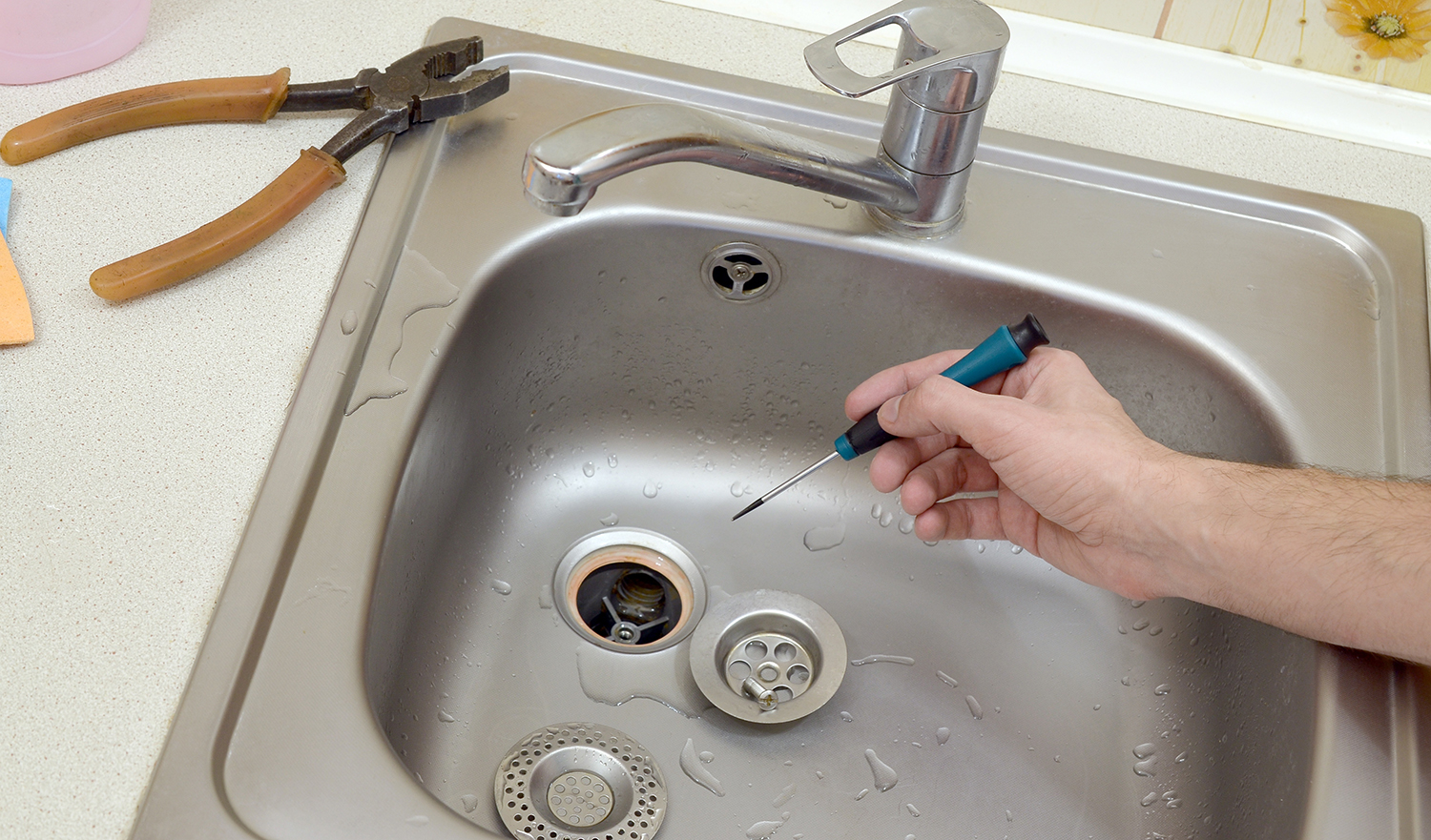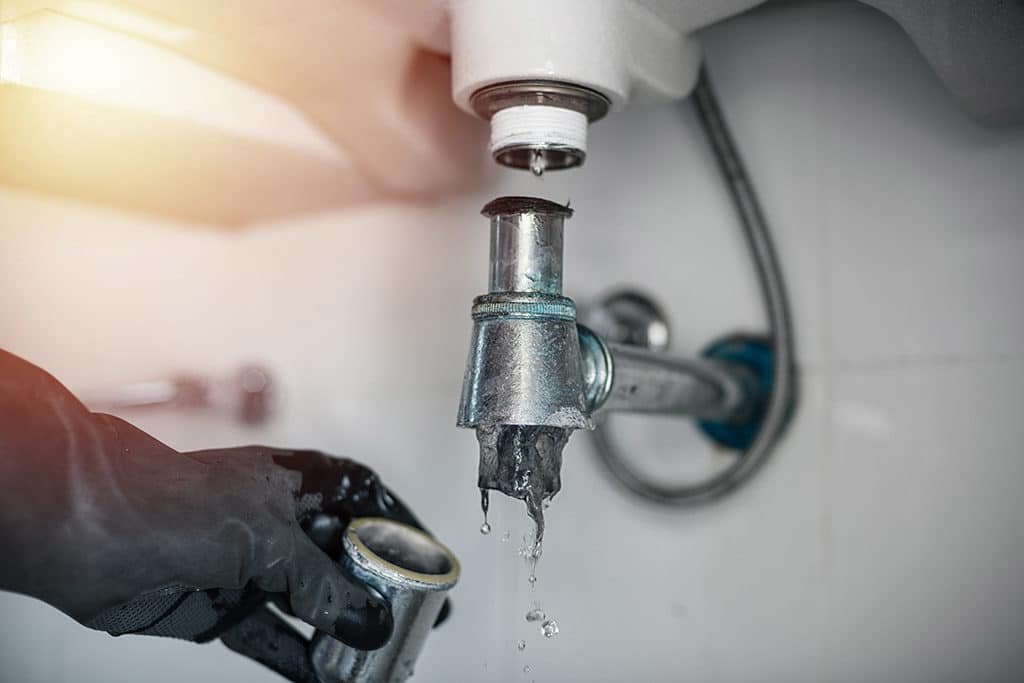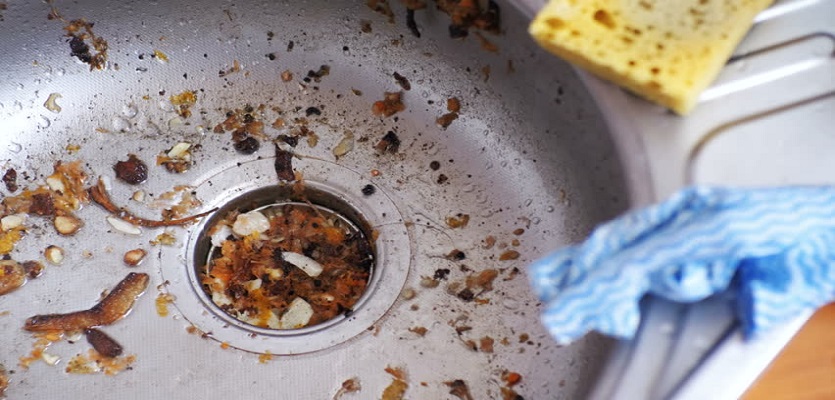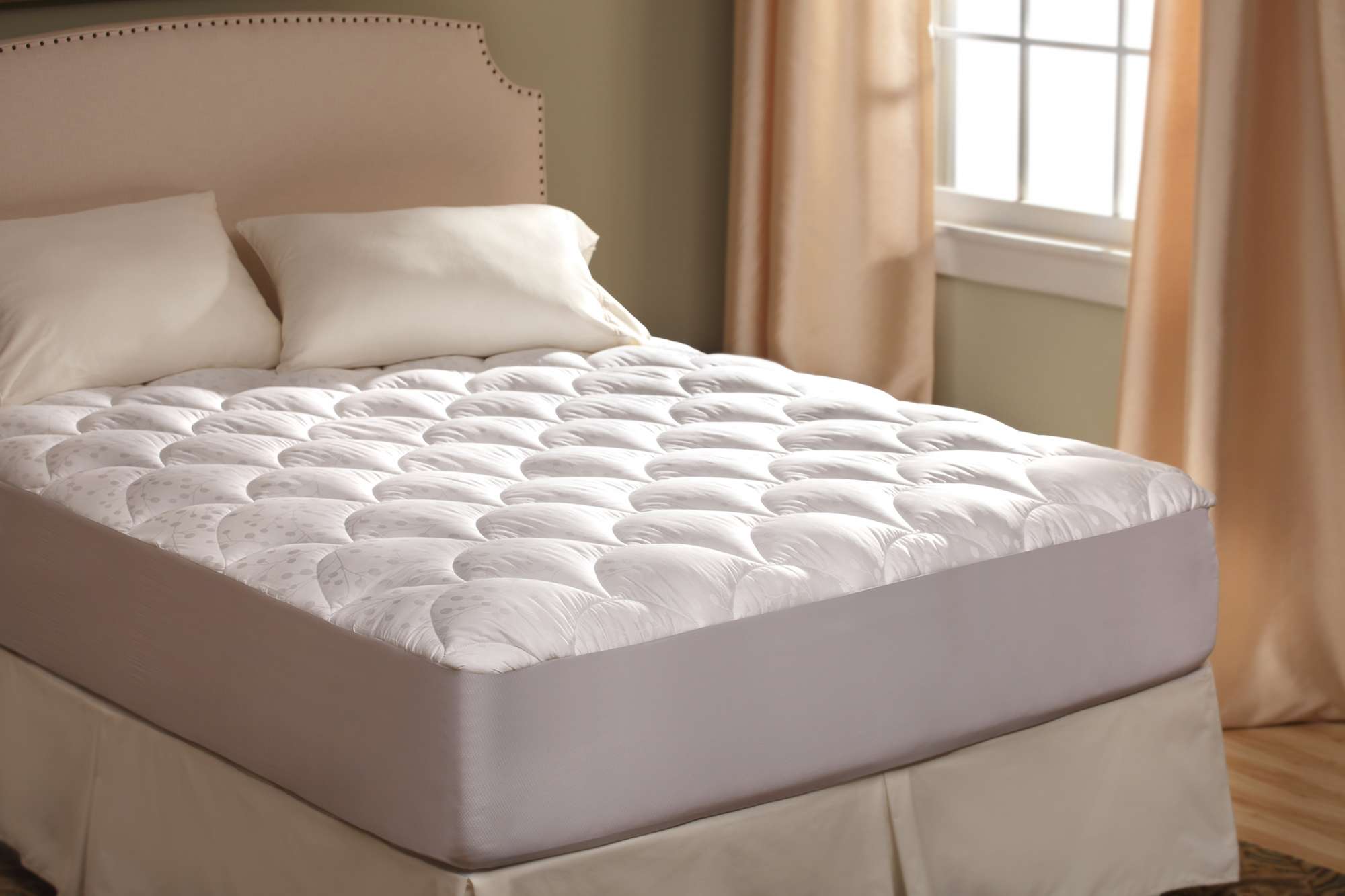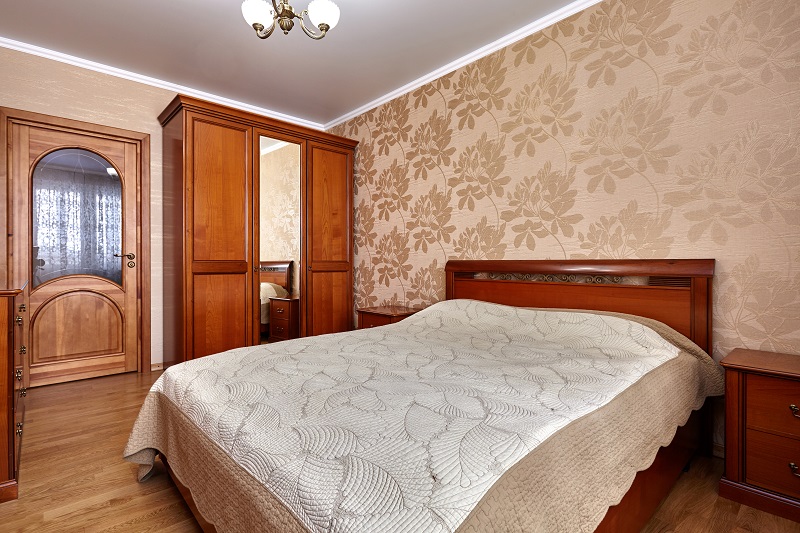Unclog a Kitchen Sink
A clogged kitchen sink can be a major inconvenience, causing water to back up and making it difficult to wash dishes or prepare meals. The good news is that there are several methods you can try to unclog a kitchen sink on your own, without having to call a plumber.
How to Unclog a Bathtub Drain
There's nothing more frustrating than a clogged bathtub drain, especially when you're trying to take a relaxing bath. Fortunately, there are a few simple steps you can take to unclog a bathtub drain and get back to enjoying your bath time.
DIY Methods for Unclogging a Sink
If you have a clogged kitchen sink, your first thought might be to reach for a chemical drain cleaner. However, these products can be harsh and damaging to your pipes, as well as harmful to the environment. Instead, consider trying some DIY methods to unclog your sink, using natural ingredients you likely already have in your home.
Using a Plunger to Clear a Clogged Sink
A plunger is a simple and effective tool for clearing a clogged sink. It works by creating suction and pressure, which can dislodge the blockage and allow water to flow freely again. To use a plunger, fill the sink with enough water to cover the rubber part of the plunger, then place the plunger over the drain and push down and pull up several times. This should help to loosen and remove the clog.
Natural Ways to Unclog a Sink
If you prefer to use natural methods to unclog your sink, there are several options to consider. For example, pouring boiling water down the drain can help to dissolve and flush away grease and soap scum. You can also try using a mixture of baking soda and vinegar, which will create a chemical reaction that can break up the clog. Let the mixture sit in the drain for about 30 minutes before flushing with hot water.
Removing Hair from a Clogged Bathtub Drain
If your bathtub drain is clogged with hair, you'll need to take a different approach to unclogging it. One option is to use a drain snake, which is a long, flexible tool that can be inserted into the drain to remove hair and other debris. You can also try using a homemade solution of equal parts baking soda and salt, followed by boiling water, to dissolve and flush away the hair.
Chemical Drain Cleaners for Clogged Sinks and Tubs
If you're dealing with a stubborn clog that won't budge, you may need to turn to a chemical drain cleaner. These products are typically made with powerful chemicals that can dissolve and break down the clog, allowing water to flow freely again. However, be sure to follow the instructions carefully and use caution, as these products can be harmful if not used properly.
Preventing Clogs in the Kitchen Sink and Bathtub
The best way to deal with clogged sinks and tubs is to prevent them from happening in the first place. In the kitchen, make sure to avoid pouring grease and food scraps down the drain, and use a drain cover to catch any debris. In the bathroom, use a hair catcher in the shower or tub to prevent hair from going down the drain. Regularly cleaning your drains can also help to prevent clogs from forming.
Professional Drain Cleaning Services for Clogged Sinks and Tubs
If you've tried all of the above methods and still can't seem to unclog your sink or tub, it may be time to call in the professionals. A professional drain cleaning service can use specialized tools and techniques to effectively remove the clog and get your drains flowing again. They can also provide tips and advice for preventing future clogs.
Common Causes of Clogged Kitchen Sinks and Bathtubs
Understanding the common causes of clogged sinks and tubs can help you to prevent them in the future. In the kitchen, grease, food scraps, and soap scum are the main culprits. In the bathroom, hair, soap scum, and foreign objects like toys or jewelry are often the cause of clogs. Being mindful of what you put down your drains and regularly cleaning them can go a long way in preventing clogs.
The Importance of Proper Drainage in House Design

Preventing Clogged Kitchen Sinks and Tubs
 When it comes to designing a house, there are many factors to consider such as aesthetics, functionality, and safety. However, one crucial aspect that is often overlooked is proper drainage. A well-designed drainage system is essential in preventing clogged kitchen sinks and tubs, which can be a major inconvenience and even pose health hazards.
Kitchen sinks and tubs
are two of the most frequently used fixtures in a house. They are essential for daily tasks such as cooking, cleaning, and personal hygiene. However, with constant use, these fixtures are prone to clogging due to the accumulation of food scraps, hair, soap scum, and other debris. This can lead to slow draining or complete blockage, causing water to back up and potentially overflow onto the floor.
Proper drainage in a house design involves not only the placement of pipes and drains but also the slope and grading of the land.
Drainage pipes should be installed at the correct angle to ensure efficient flow of water towards the main sewer lines.
If the pipes are too flat, water may not flow properly, and if they are too steep, they can cause water to flow too quickly, resulting in debris getting stuck along the way.
In addition to proper slope and grading,
installing drain traps and cleanouts
is also crucial in preventing clogs. Drain traps, also known as P-traps, are U-shaped pipes that hold a small amount of water to create a seal and prevent sewer gases from entering the house. They also catch debris before it reaches the main pipes. Cleanouts, on the other hand, are access points that allow for easy removal of any clogs or buildup in the pipes.
Regular maintenance and cleaning
of drainage systems are also essential in preventing clogs. This includes removing any visible debris from drain traps, using enzyme-based cleaners to break down organic materials, and using a plunger or drain snake to clear any stubborn clogs.
In conclusion, proper drainage is a crucial aspect of house design that should not be overlooked. By ensuring the correct placement of pipes, proper slope and grading, and the installation of drain traps and cleanouts, homeowners can prevent clogged kitchen sinks and tubs. Regular maintenance and cleaning also go a long way in keeping the drainage system functioning efficiently. So, the next time you design a house, don't forget to give proper drainage the attention it deserves.
HTML Code:
When it comes to designing a house, there are many factors to consider such as aesthetics, functionality, and safety. However, one crucial aspect that is often overlooked is proper drainage. A well-designed drainage system is essential in preventing clogged kitchen sinks and tubs, which can be a major inconvenience and even pose health hazards.
Kitchen sinks and tubs
are two of the most frequently used fixtures in a house. They are essential for daily tasks such as cooking, cleaning, and personal hygiene. However, with constant use, these fixtures are prone to clogging due to the accumulation of food scraps, hair, soap scum, and other debris. This can lead to slow draining or complete blockage, causing water to back up and potentially overflow onto the floor.
Proper drainage in a house design involves not only the placement of pipes and drains but also the slope and grading of the land.
Drainage pipes should be installed at the correct angle to ensure efficient flow of water towards the main sewer lines.
If the pipes are too flat, water may not flow properly, and if they are too steep, they can cause water to flow too quickly, resulting in debris getting stuck along the way.
In addition to proper slope and grading,
installing drain traps and cleanouts
is also crucial in preventing clogs. Drain traps, also known as P-traps, are U-shaped pipes that hold a small amount of water to create a seal and prevent sewer gases from entering the house. They also catch debris before it reaches the main pipes. Cleanouts, on the other hand, are access points that allow for easy removal of any clogs or buildup in the pipes.
Regular maintenance and cleaning
of drainage systems are also essential in preventing clogs. This includes removing any visible debris from drain traps, using enzyme-based cleaners to break down organic materials, and using a plunger or drain snake to clear any stubborn clogs.
In conclusion, proper drainage is a crucial aspect of house design that should not be overlooked. By ensuring the correct placement of pipes, proper slope and grading, and the installation of drain traps and cleanouts, homeowners can prevent clogged kitchen sinks and tubs. Regular maintenance and cleaning also go a long way in keeping the drainage system functioning efficiently. So, the next time you design a house, don't forget to give proper drainage the attention it deserves.
HTML Code:
The Importance of Proper Drainage in House Design

Preventing Clogged Kitchen Sinks and Tubs

When it comes to designing a house, there are many factors to consider such as aesthetics, functionality, and safety. However, one crucial aspect that is often overlooked is proper drainage. A well-designed drainage system is essential in preventing clogged kitchen sinks and tubs, which can be a major inconvenience and even pose health hazards.
Kitchen sinks and tubs are two of the most frequently used fixtures in a house. They are essential for daily tasks such as cooking, cleaning, and personal hygiene. However, with constant use, these fixtures are prone to clogging due to the accumulation of food scraps, hair, soap scum, and other debris. This can lead to slow draining or complete blockage, causing water to back up and potentially overflow onto the floor.
Proper drainage in a house design involves not only the placement of pipes and drains but also the slope and grading of the land. Drainage pipes should be installed at the correct angle to ensure efficient flow of water towards the main sewer lines. If the pipes are too flat, water may not flow properly, and if they are too steep, they can cause water to flow too quickly, resulting in debris getting stuck along the way.
In addition to proper slope and grading, installing drain traps and cleanouts is also crucial in preventing clogs. Drain traps, also known as P-traps, are U-shaped pipes that hold a small amount of water to create a seal and prevent sewer gases from entering the house. They also catch debris before it reaches the main pipes. Cleanouts, on the other hand, are access points that allow for easy removal of any clogs or buildup in the pipes.
Regular maintenance and cleaning of drainage systems are also essential in preventing clogs. This includes removing any visible debris from drain traps, using enzyme-based cleaners to break down organic materials, and using a plunger or drain snake to clear any stubborn clogs.
In conclusion, proper drainage is a
/plumber-unclogging-kitchen-sink-169270382-5797a9355f9b58461f27f024.jpg)




:max_bytes(150000):strip_icc()/how-to-unclog-a-kitchen-sink-2718799_sketch_FINAL-8c5caa805a69493ab22dfb537c72a1b7.png)









/cdn.vox-cdn.com/uploads/chorus_asset/file/19616741/drain_xl_0.jpg)
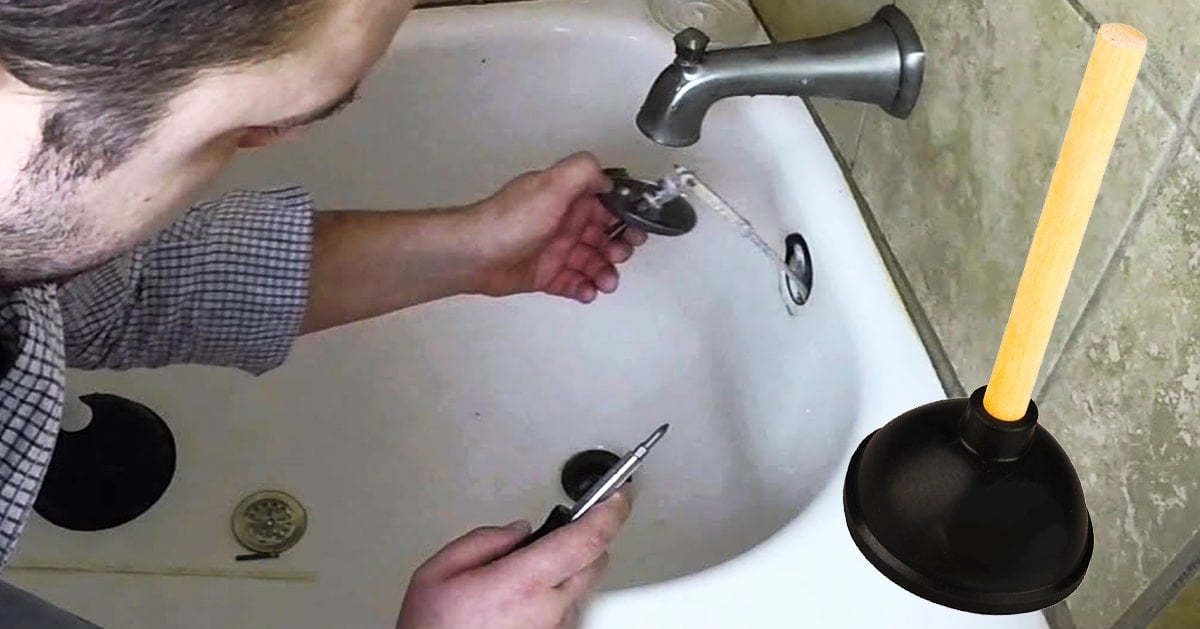
/unclog-a-bathtub-drain-1824912-schema-5b9445ea35a24f50810e1e595badbd6c.jpeg)
:max_bytes(150000):strip_icc()/freshen-and-unclog-drain-with-baking-soda-1900466-22-bbf940b70afa4d5abef0c54da23b1d3f.jpg)




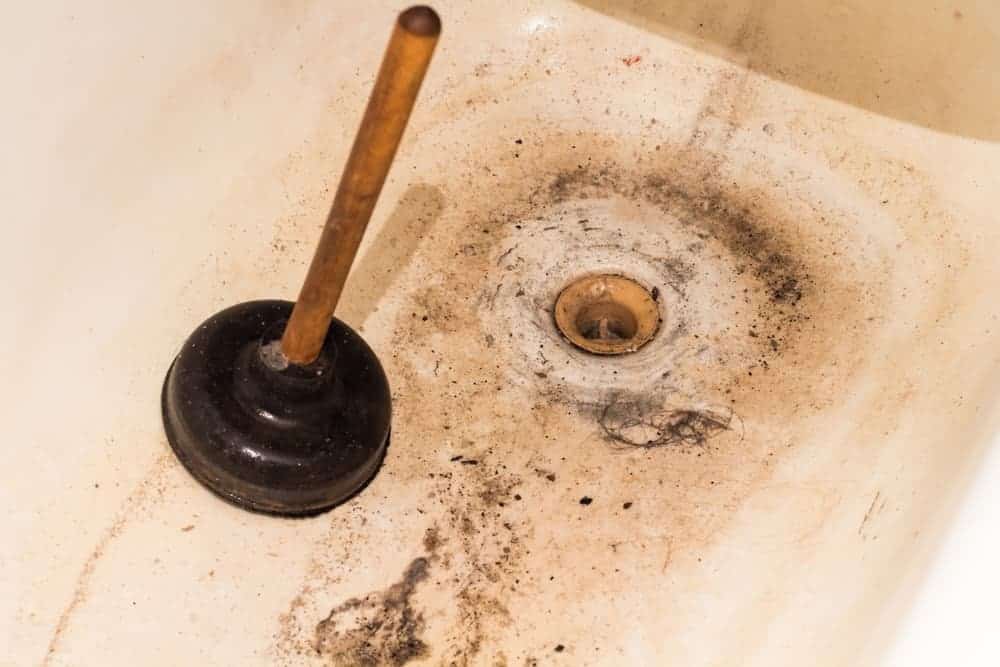
















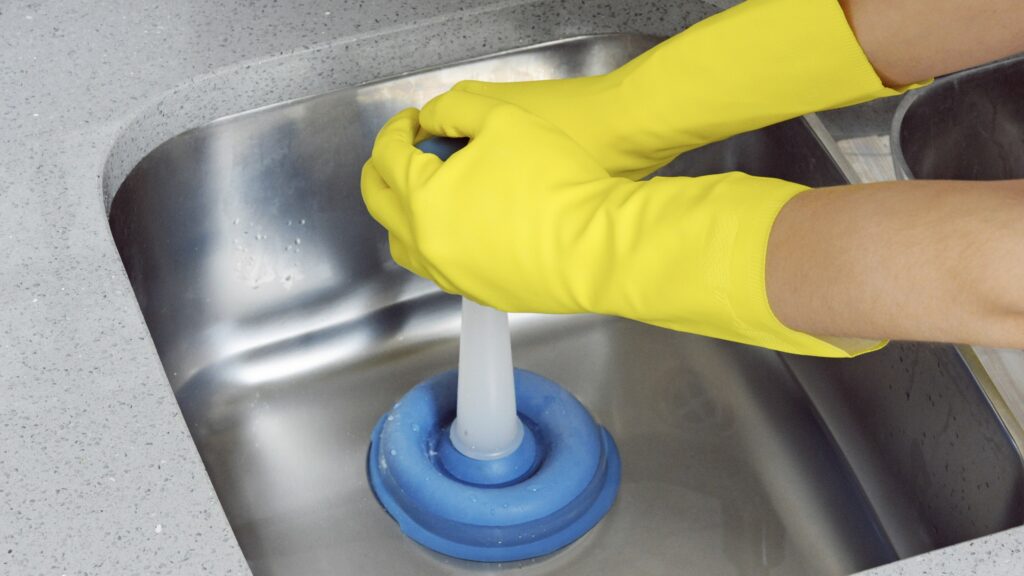

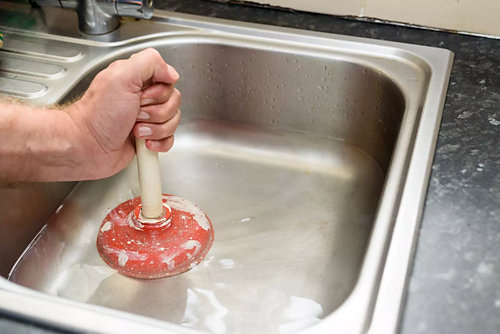


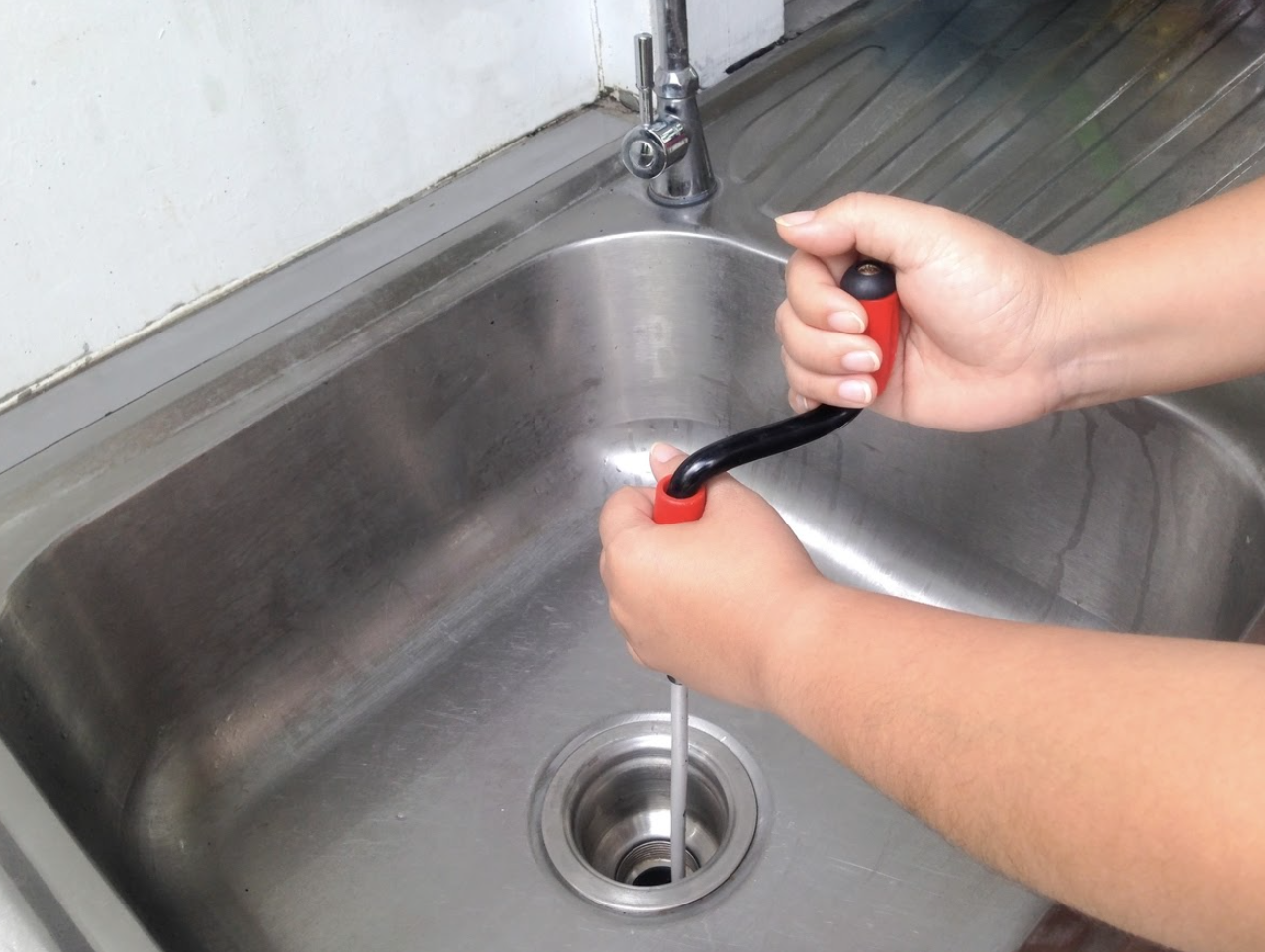
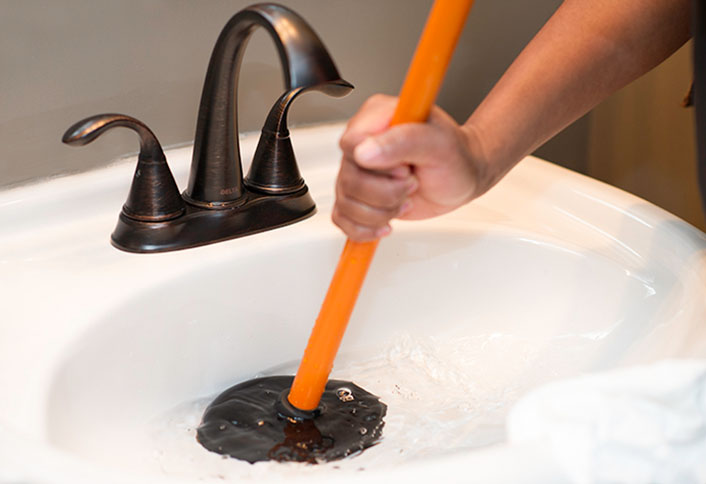
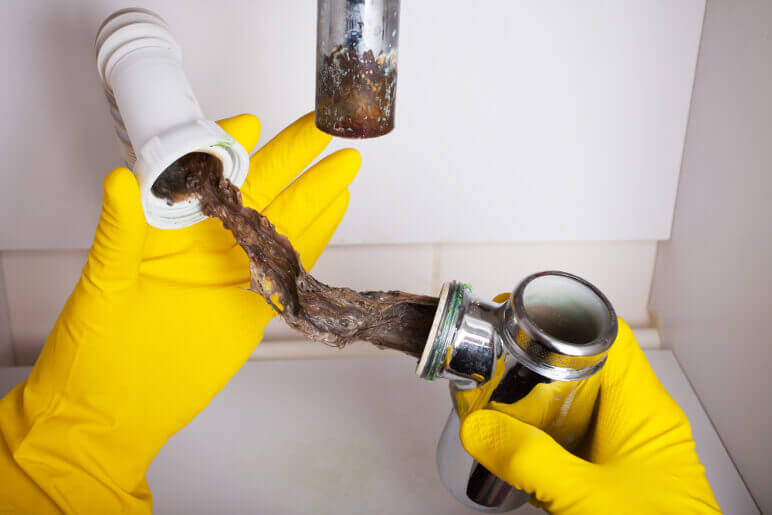

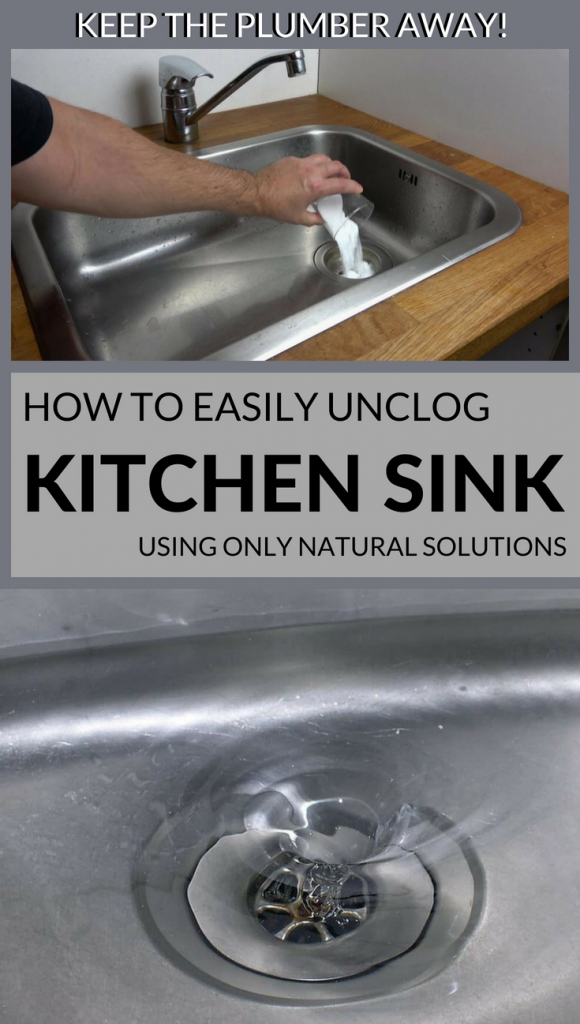


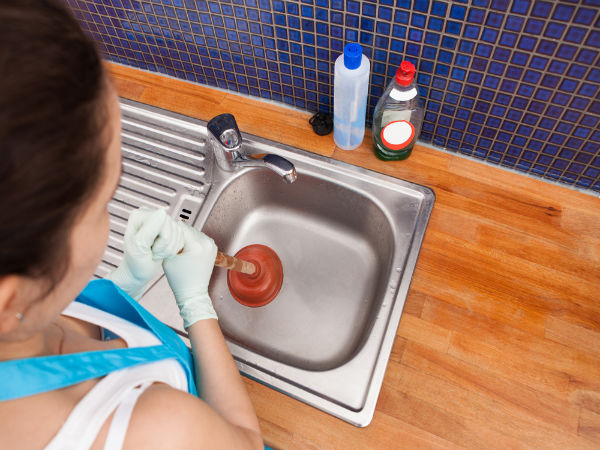


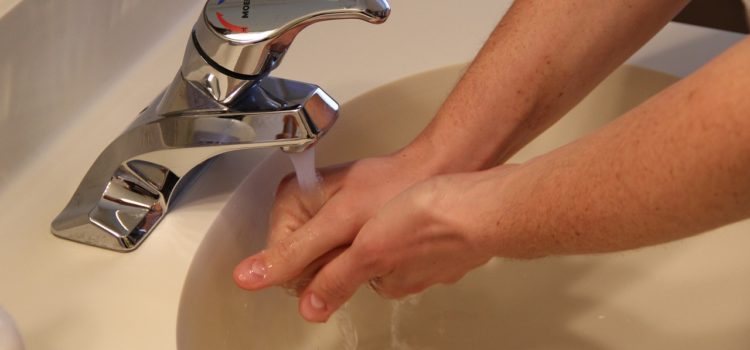
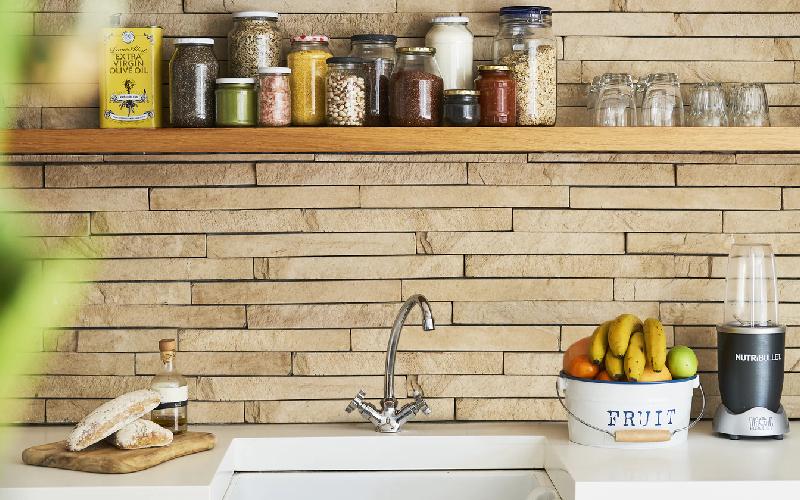



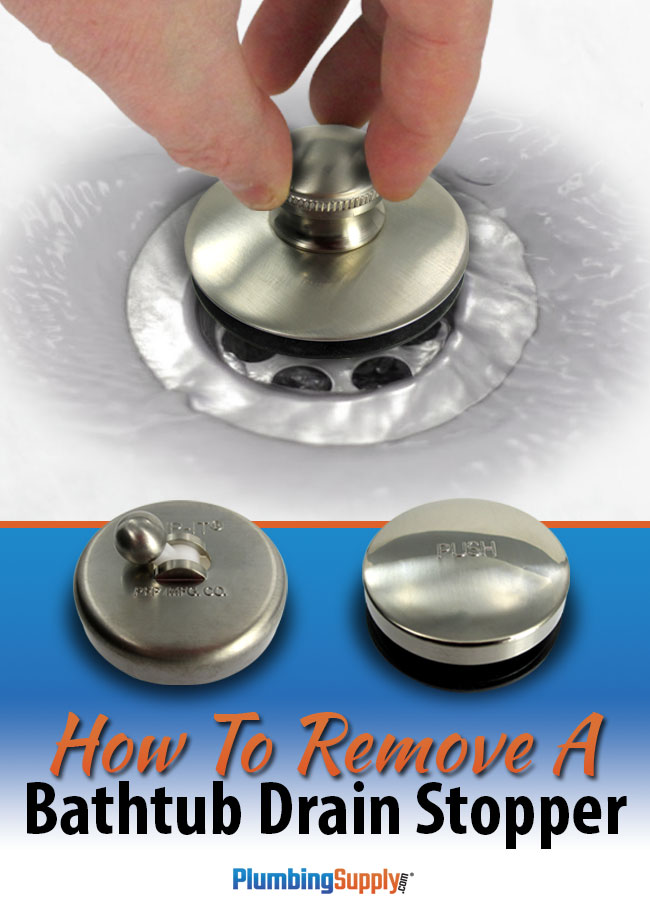


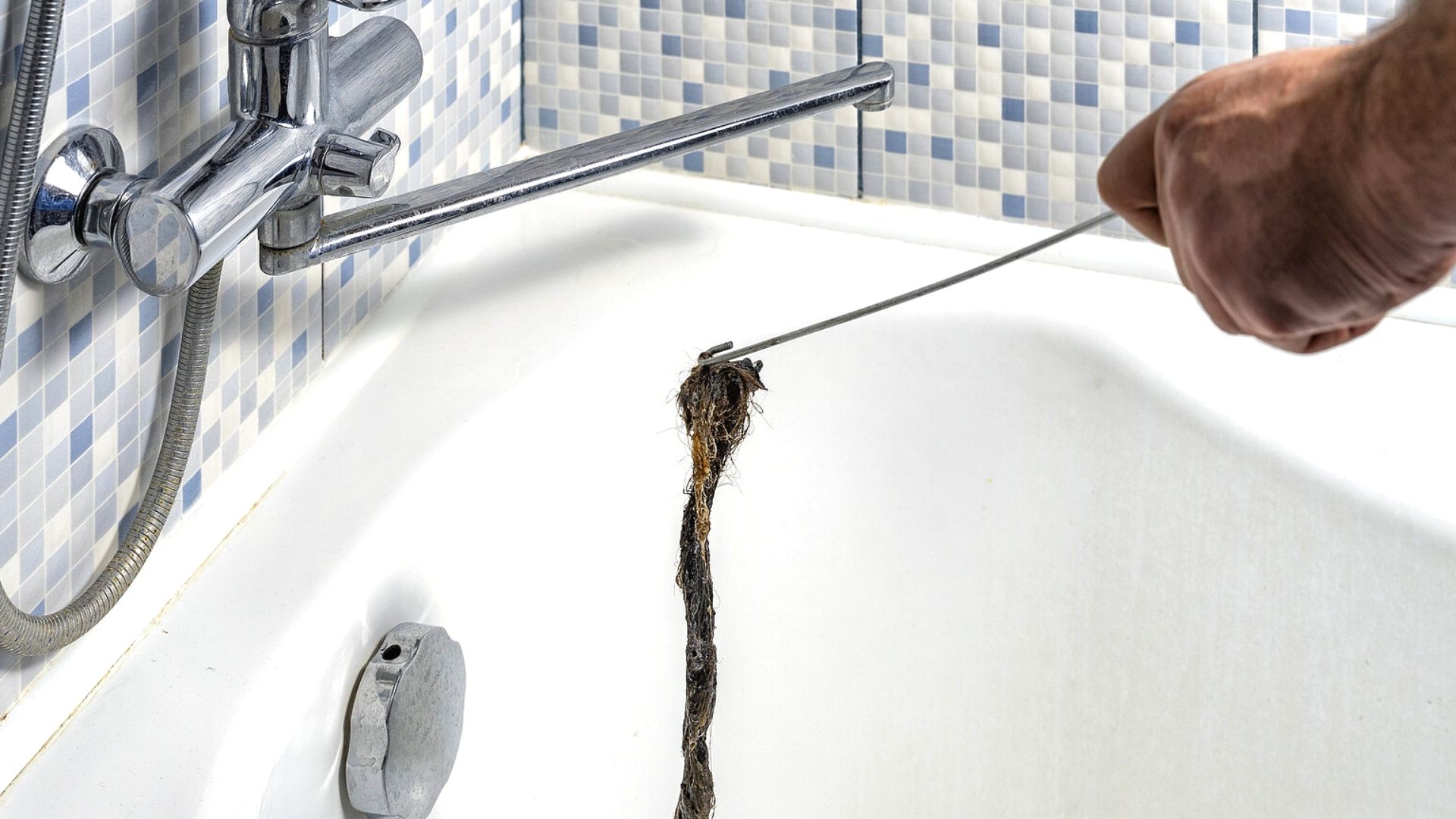
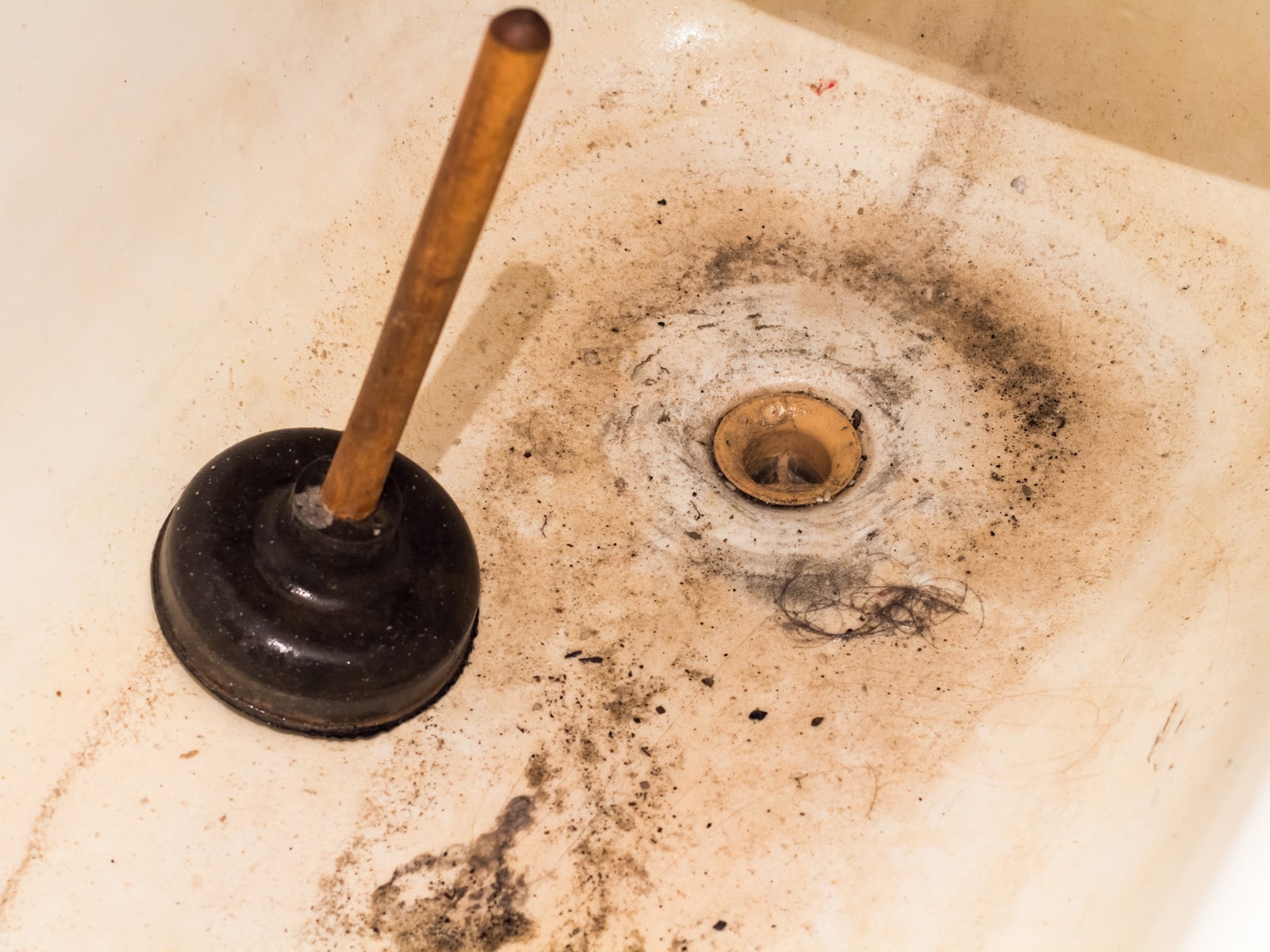
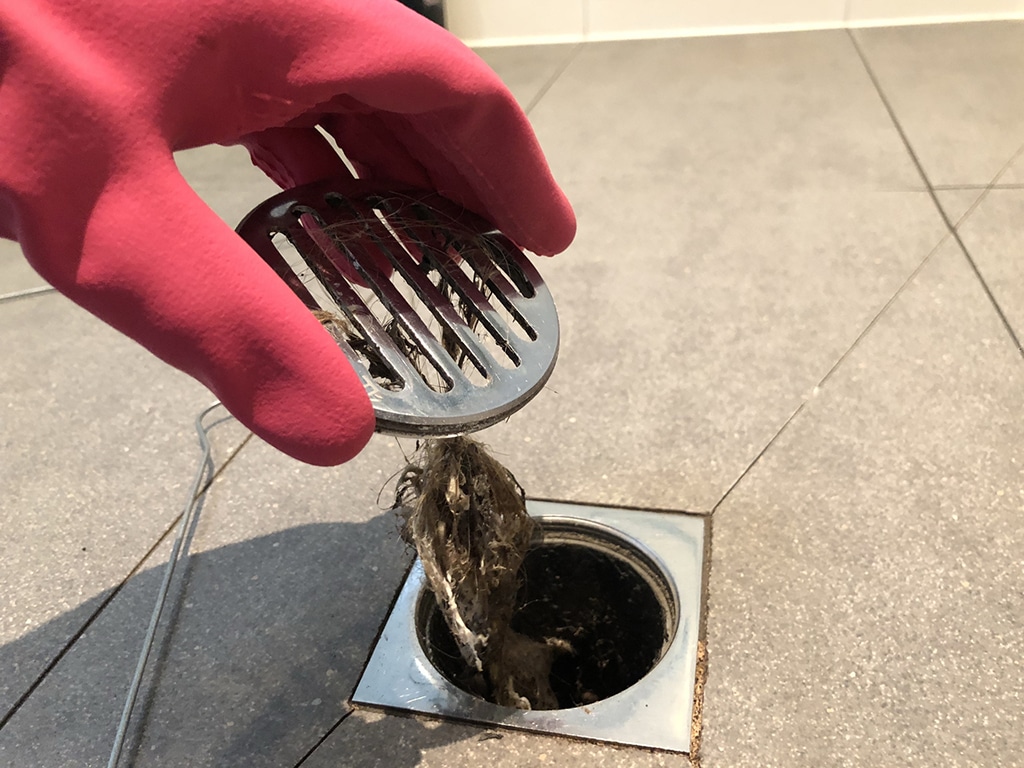

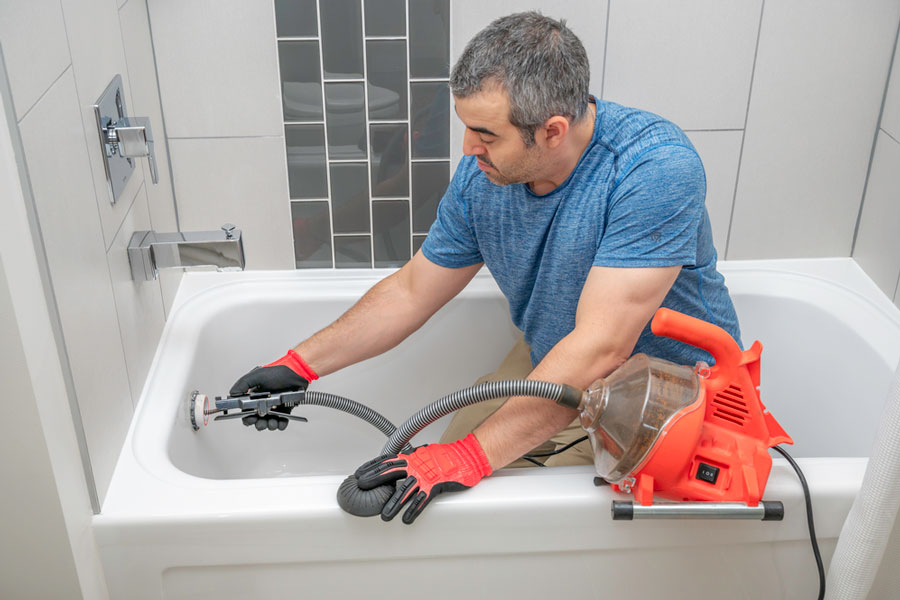

:max_bytes(150000):strip_icc()/plumber-installing-bathtub-drain-185313098-581786f93df78cc2e8f424f0.jpg)

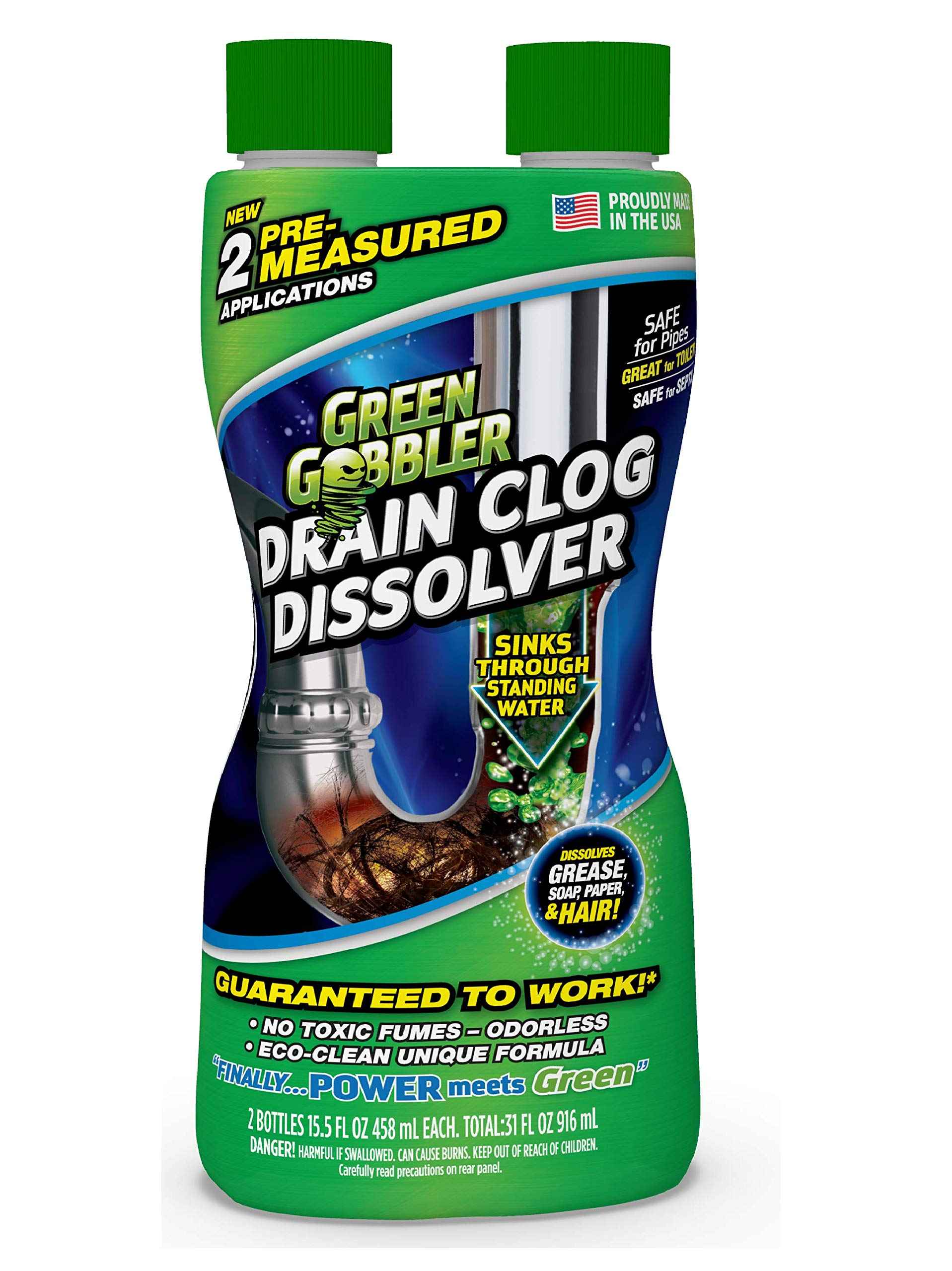



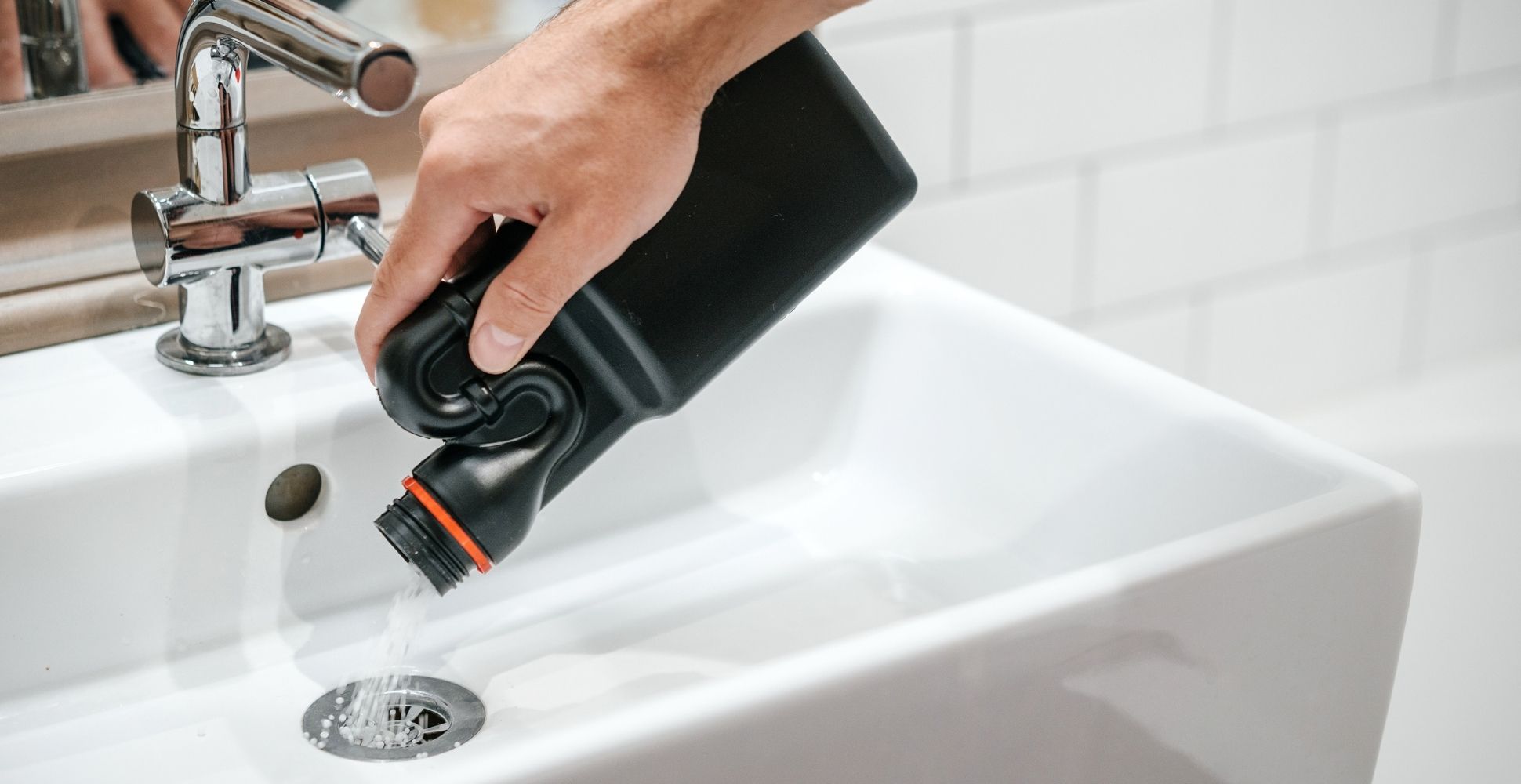



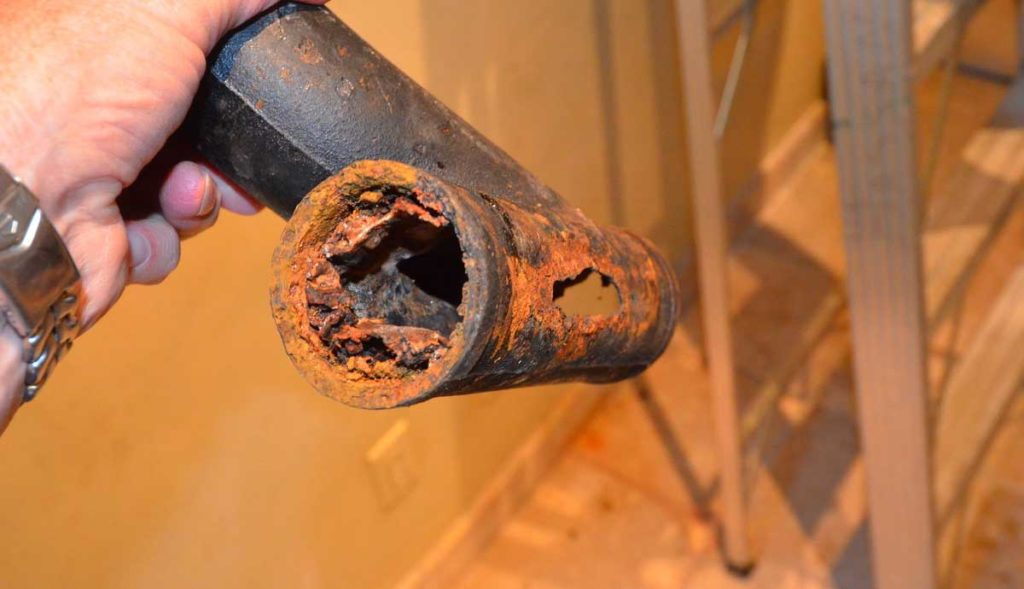





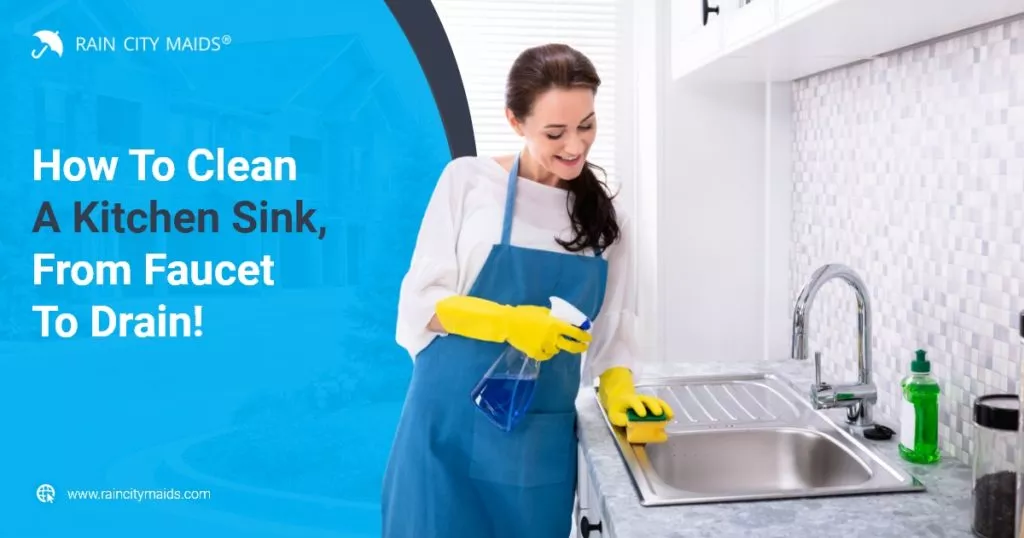









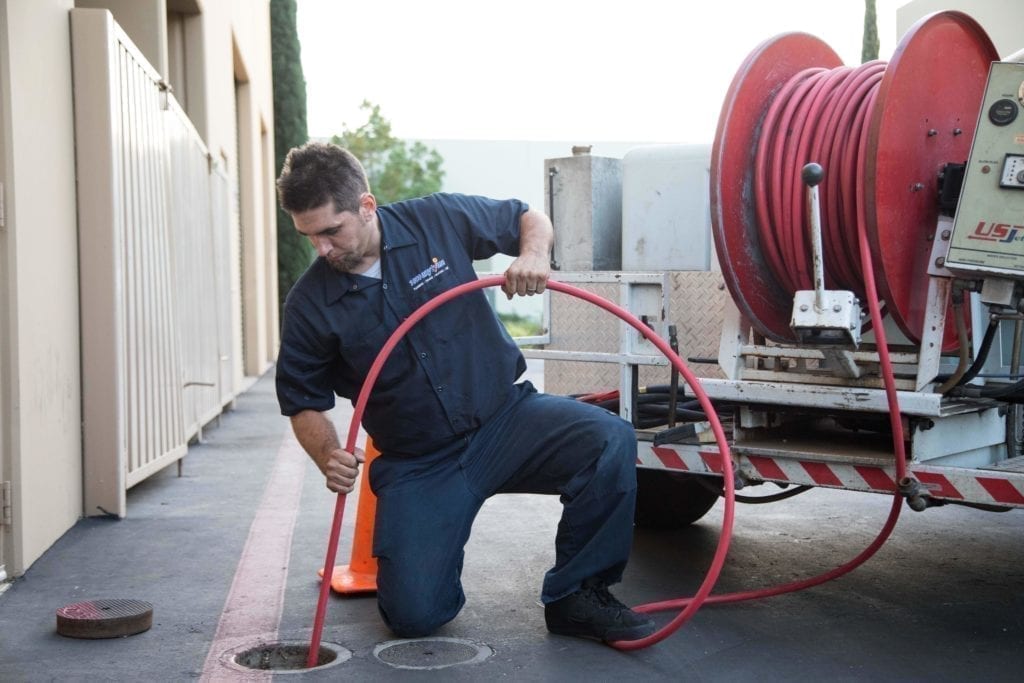
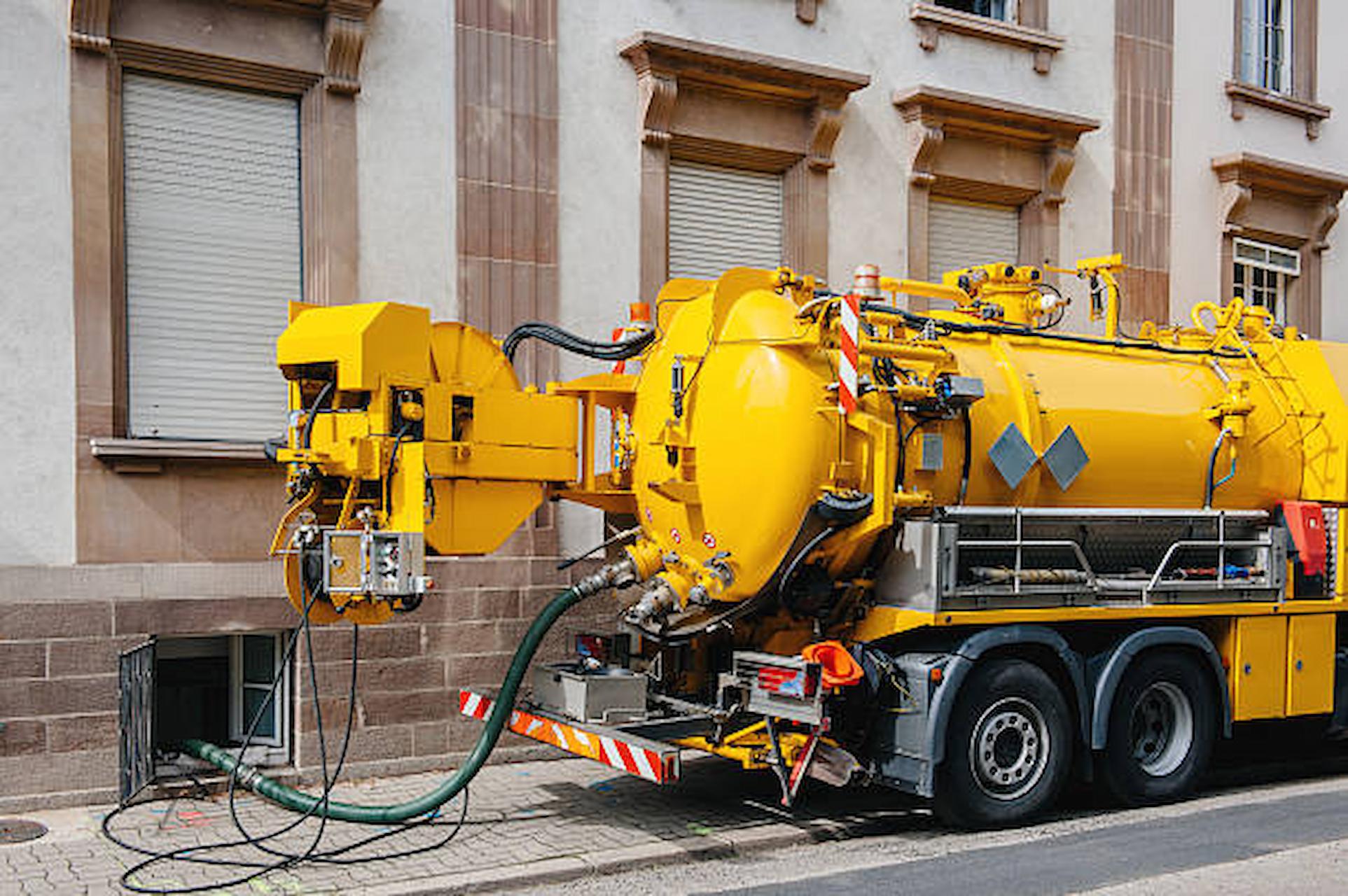



:max_bytes(150000):strip_icc()/BestDrainCleaningServices_edit-a4558e7bcba34b0781f69b27f6eb98fc.jpg)





